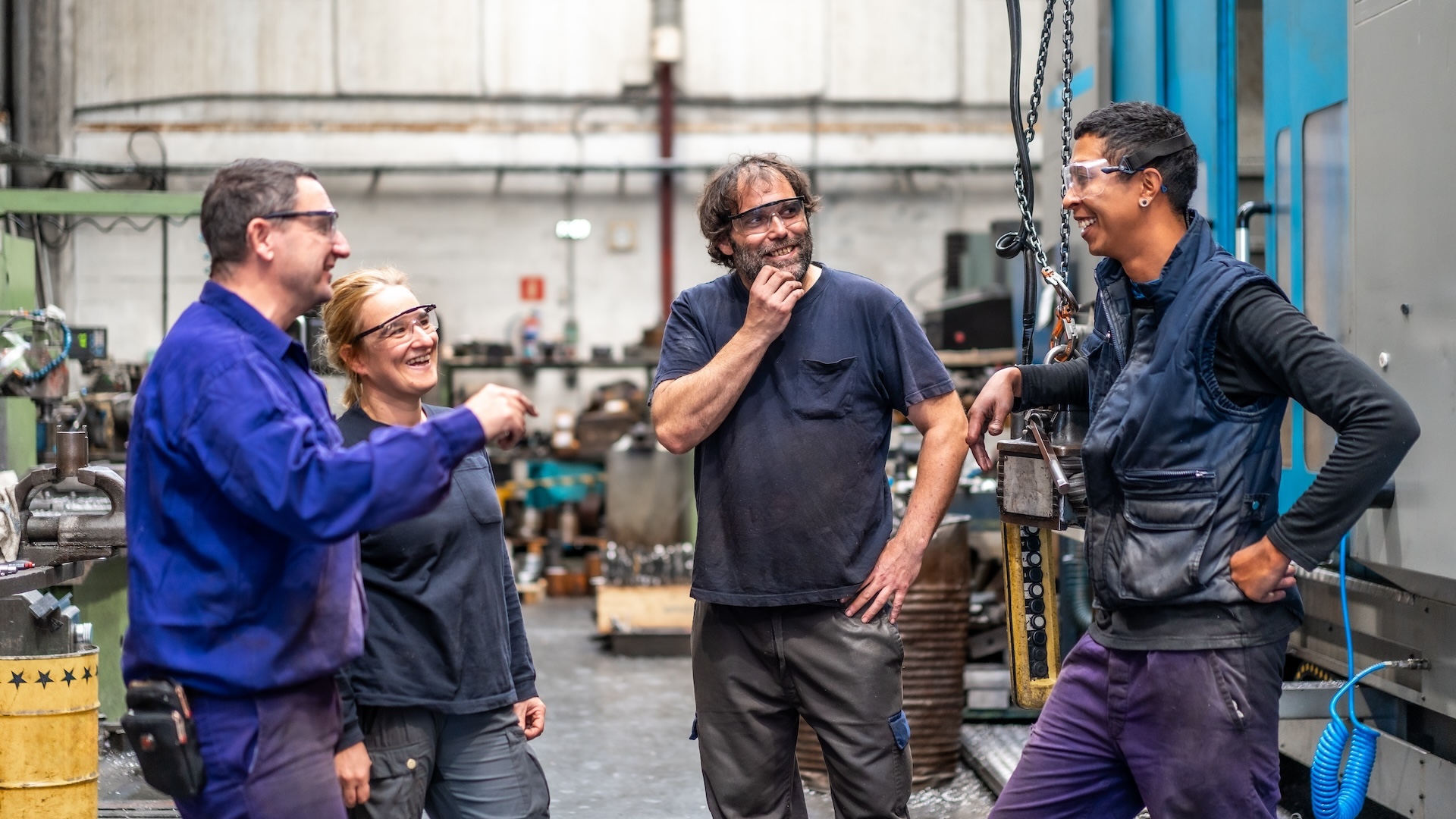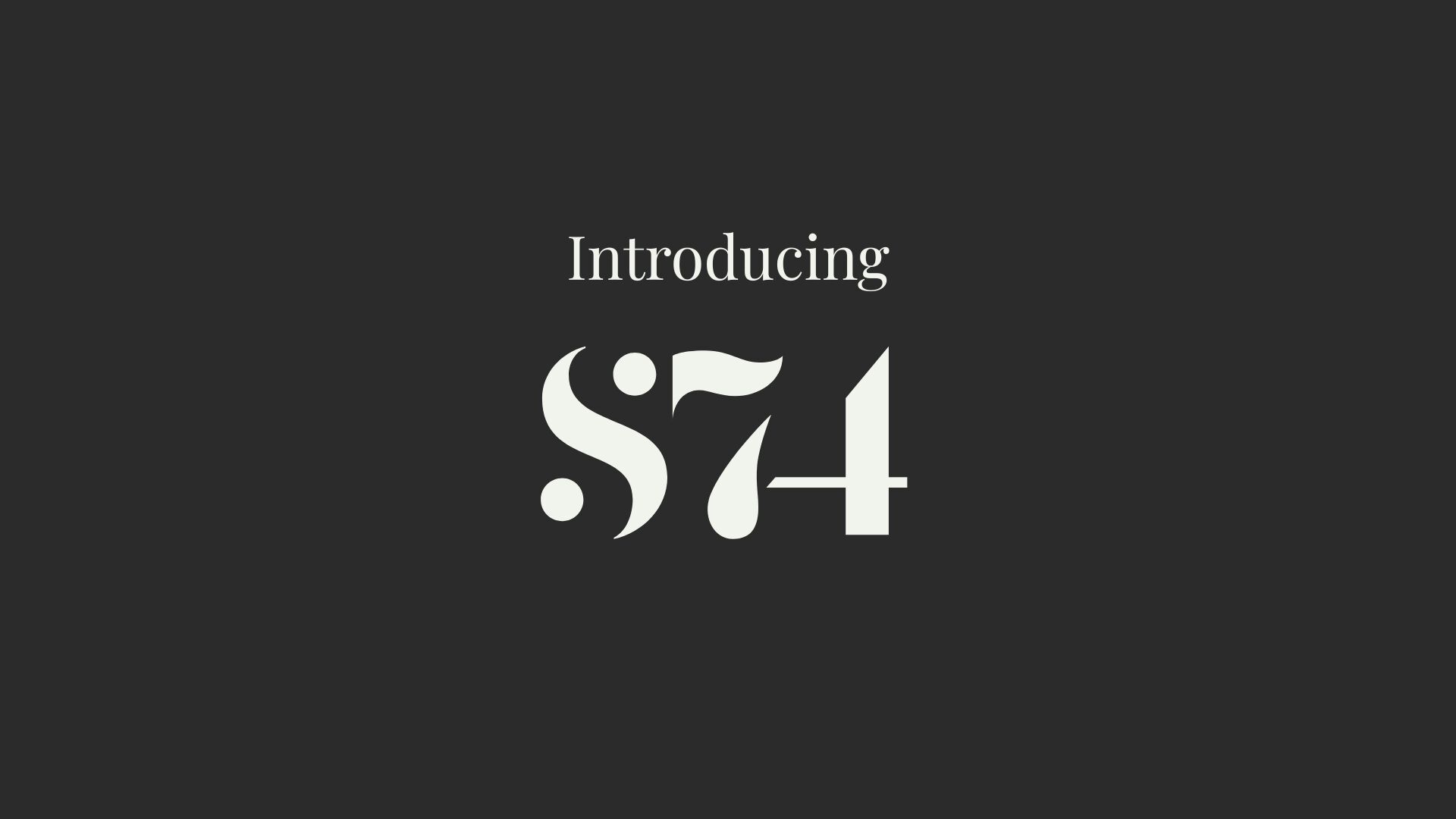The First 100 Days: How We Transition Ownership Without Disruption
Selling your business is one of the biggest decisions you’ll ever make. For many sellers, the deal itself isn’t the hardest part; it’s what happens afterward that causes the most anxiety.
- What will happen to your employees?
- Will your customers notice a change?
- Will your brand, processes, and team be respected—or replaced?
At Sixty74, we believe the way a company transitions after an acquisition is as important as the deal terms themselves. The first 100 days set the tone for everything that follows, for employees, customers, vendors, and owners.
That’s why we treat the post-close transition with the same care, precision, and thoughtfulness as the acquisition itself. In this post, we’re pulling back the curtain on what that process looks like and how we lead a calm, clear, and confident transition that preserves continuity while building momentum for growth.
Why the First 100 Days Matter So Much
Transitions fail not because buyers have bad intentions, but because they move too fast, communicate too little, or don’t understand what made the business special in the first place.
In the $2–$4M range, businesses are often tightly held. Teams are small, founders are typically deeply involved, and processes might be limited. The company’s identity is personal.
A heavy-handed or rushed transition can lead to:
-
Key employee departures
-
Customer churn or confusion
-
Loss of institutional knowledge
-
Erosion of morale and productivity
-
Brand damage or reputational risk
We’ve seen these mistakes before—and we’ve built our approach to prevent them.
Our Transition Philosophy: Respect First, Change Later
At Sixty74, we don’t believe in taking over. We believe in taking time.
Our mantra during the first 100 days is simple: Listen, Learn, Lead.
Here’s how we break that down:
Phase 1: Listen (Days 0–30)
Meet the people. Learn the rhythms. Earn trust.
Goal: Build relationships, earn buy-in, and avoid rocking the boat.

What We Do:
-
Employee One-on-Ones: We meet employees to understand their role, motivations, concerns, and ideas.
-
Customer Listening Sessions: We meet with key accounts to thank them, introduce ourselves, and ask how we can support them moving forward.
-
Shadow the Founder: We spend time alongside the founder (and their management team) to observe day-to-day operations and understand unspoken norms and workflows.
-
Vendor & Partner Intros: We get to know critical suppliers, contractors, and partners to ensure seamless continuity.
What We Don’t Do:
-
Announce sweeping changes
-
Rename departments
-
Reassign roles
-
“Fix” things before understanding why they exist
Why It Works:
By listening first, we build trust and reduce anxiety. Employees feel heard, not threatened. Customers feel reassured. The founder feels respected. No one is blindsided.
Phase 2: Learn (Days 31–60)
Assess strengths, identify gaps, and gather insight.
Goal: Develop a clear picture of how the business operates—what works, what’s fragile, and what can scale.
What We Do:
-
Systems Audit: We evaluate the company’s tech stack, accounting systems, marketing tools, and internal workflows.
-
Financial Deep Dive: We examine margins, cash flow patterns, and revenue streams to identify where value is being created—or lost.
-
Market Analysis: We review competitors, pricing, customer acquisition, and retention trends.
-
Team SWOT: We map internal capabilities, highlight rising leaders, and spot potential single points of failure.
What We Don’t Do:
-
Rush decisions
-
Fire anyone
-
Make arbitrary cuts or hires
Why It Works:
We avoid jumping to conclusions by gathering real operational and cultural insight. This sets the foundation for smart, sustainable decisions in Phase 3.
Phase 3: Lead (Days 61–100)
Implement thoughtful improvements, introduce long-term vision, and chart a shared path forward.
Goal: Begin making changes, backed by thoughtful consideration and with founder collaboration and purpose.
What We Do:
-
Communication Plan: We roll out a clear message to employees, customers, and partners about the vision, direction, and any upcoming changes.
-
Quick Wins: Based on early insights, we implement small but meaningful improvements, like upgrading tools, solving workflow friction, or freeing up time for key team members.
-
Leadership Structure: We clarify reporting lines, promote from within if appropriate, and begin shaping the team for scale.
-
Growth Plan: We introduce strategic goals and initiatives—sales enablement, marketing upgrades, pricing optimization, etc.—always with team input and pacing in mind.
What We Don’t Do:
-
Dump a 50-page corporate playbook
-
Force unfamiliar tools without context
-
Create chaos in pursuit of scale
Why It Works:
This is where we begin to lead the business forward—but only after we've earned the right to. Change feels intentional, not imposed. Growth begins to feel exciting, not uncertain.
A Note on the Seller’s Role
Every seller is different. Some want a clean break. Others prefer to stay involved in an advisory or consultative role.
We’re flexible.
During our diligence process, we align on expectations, whether it’s 30 days of support, a 6-month part-time transition, or a longer-term role. What matters is clarity, communication, and mutual respect.
In most cases, the seller helps smooth the transition in the early weeks, then gradually steps back as the team and leadership grow confident under our stewardship.
Why This Should Matter to You as a Seller (or Broker)
The buyer’s plan for the first 100 days is a window into their character, capability, and leadership style.
If they don’t have a plan, or if their plan sounds like disruption in disguise, proceed with caution.
But if they’ve thought through:
-
Team dynamics
-
Customer communication
-
Operational handoff
-
Growth staging
…then you’ve likely found a buyer who doesn’t just want your business—they want to protect and grow it.
The Sixty74 Promise
We don’t rush. We don’t bulldoze. We don’t pretend we know your business better than you do on Day 1.
We operate with humility, clarity, and accountability.
The first 100 days aren’t about showing everyone who’s in charge. They’re about honoring what made the business great, protecting the people who make it run, and preparing for smart, sustainable growth.
If that’s the kind of transition you want for your company—or your client’s—let’s talk.


